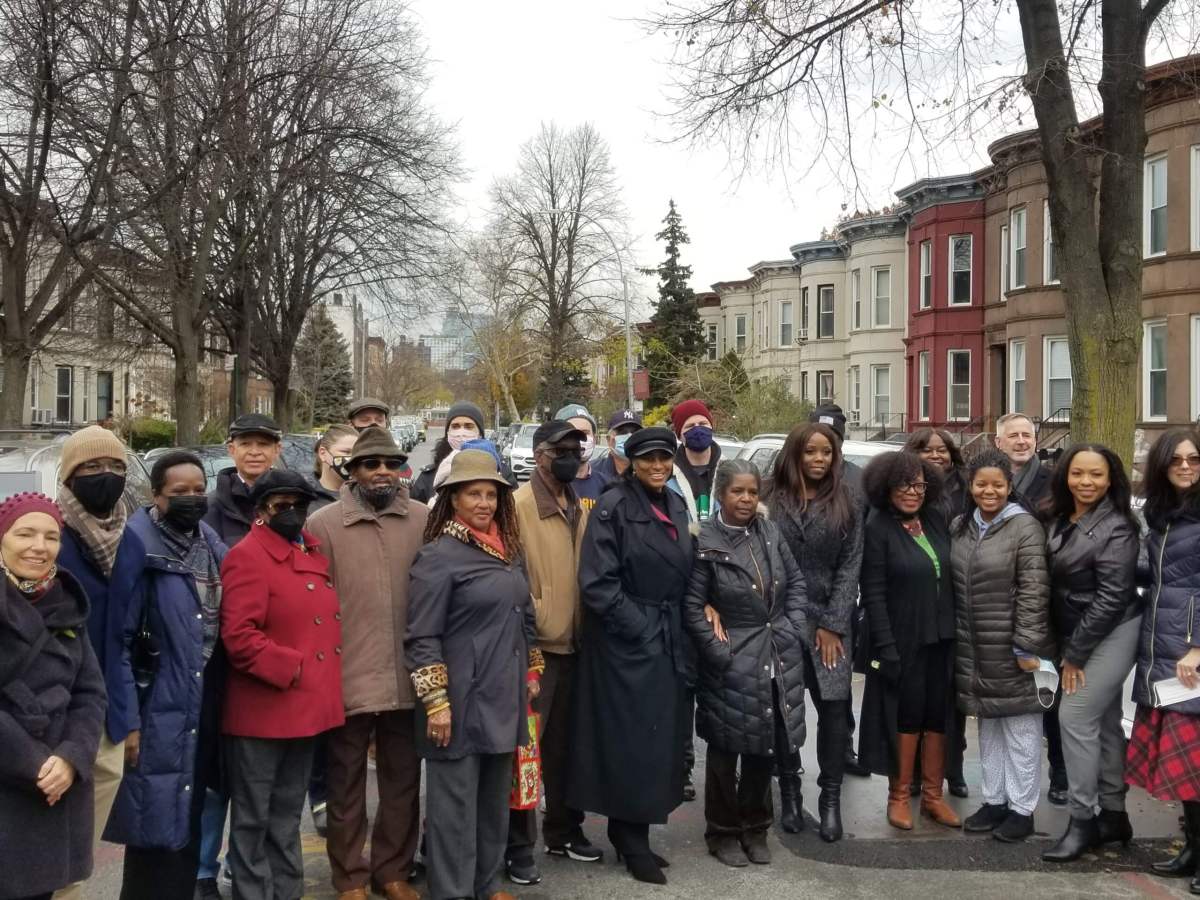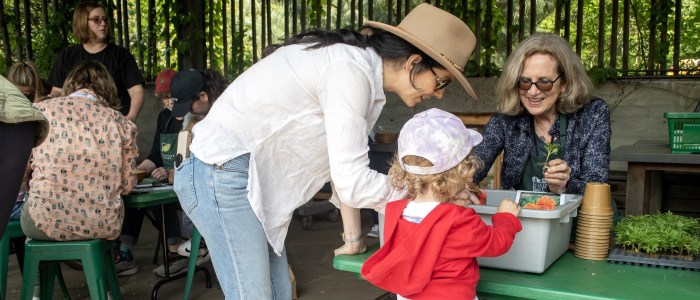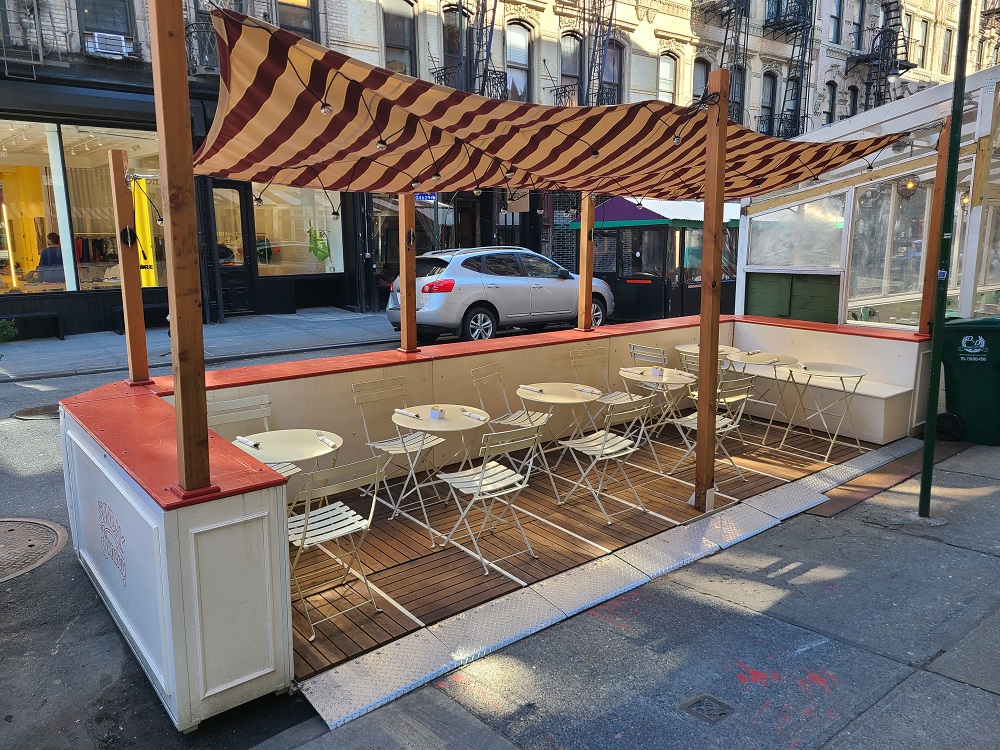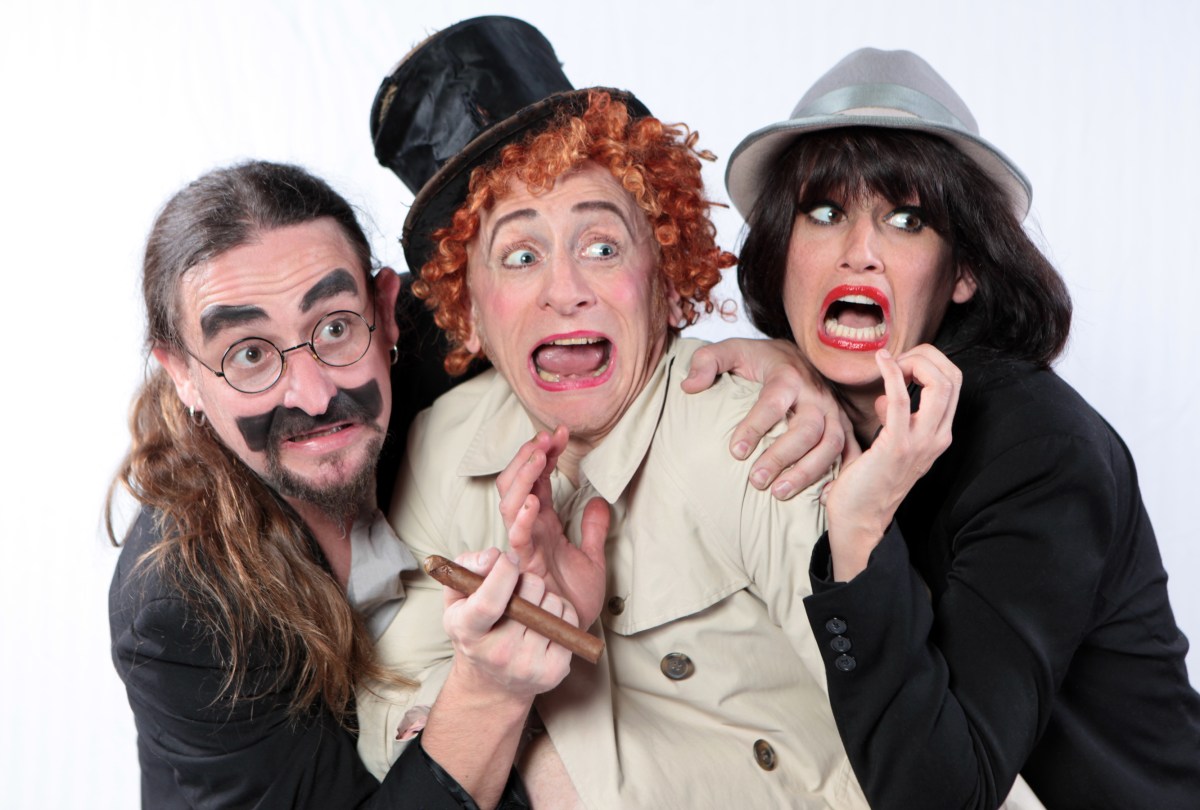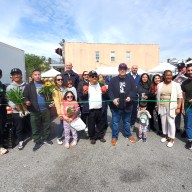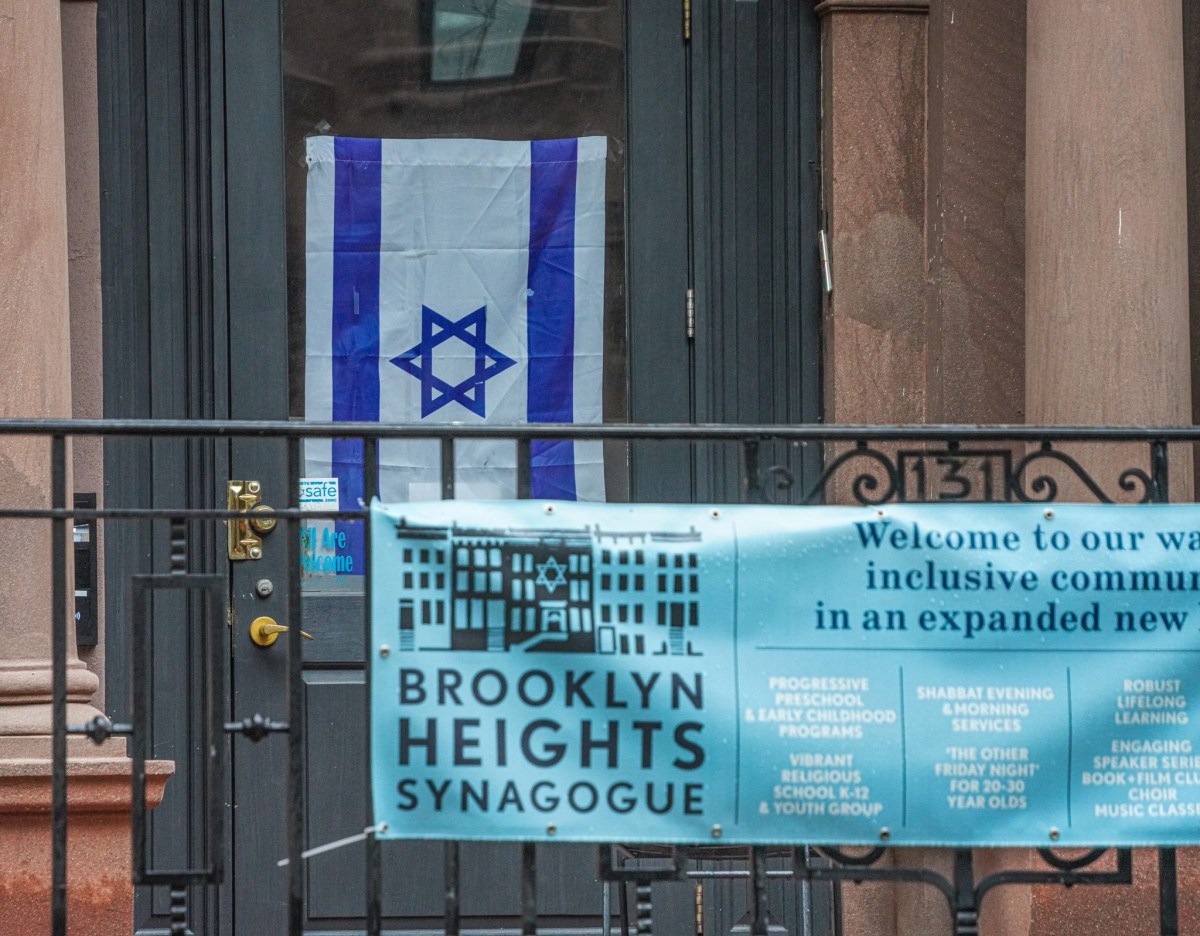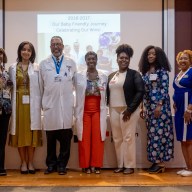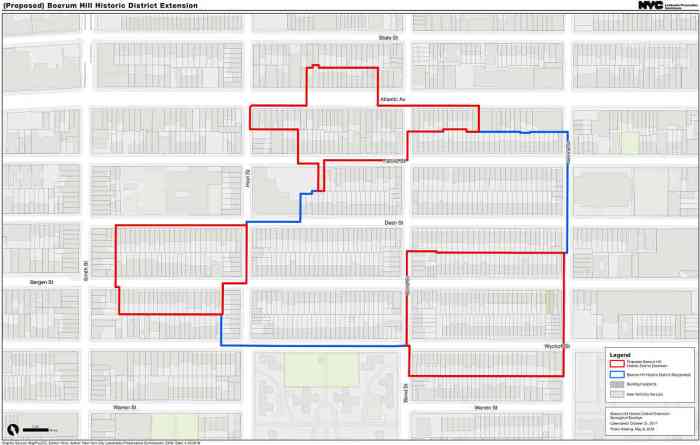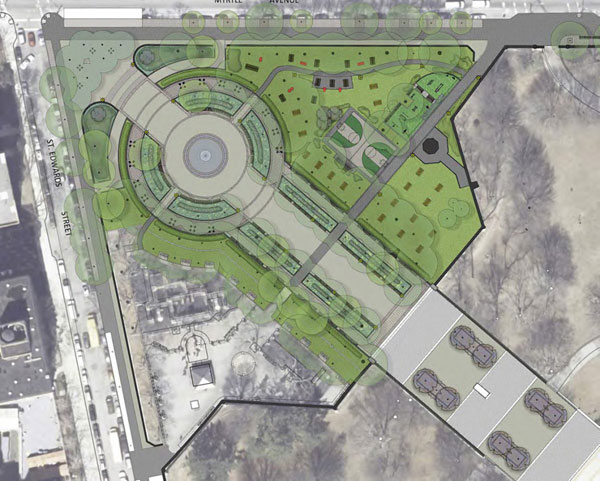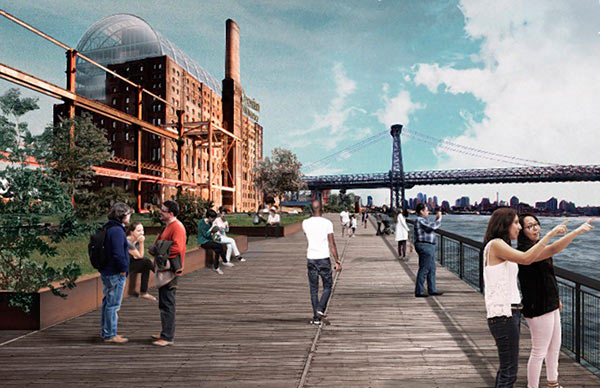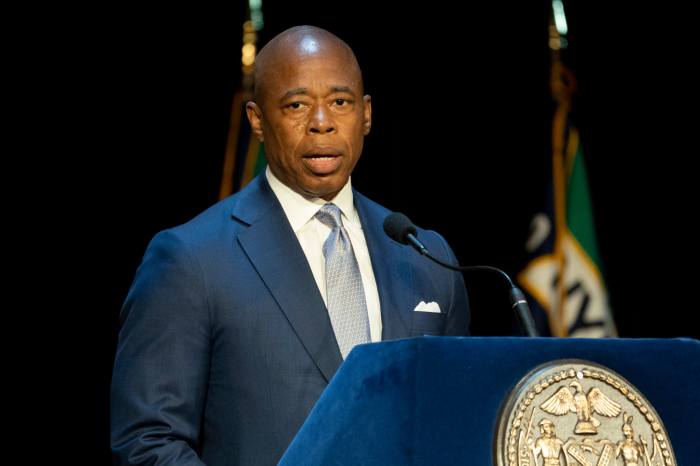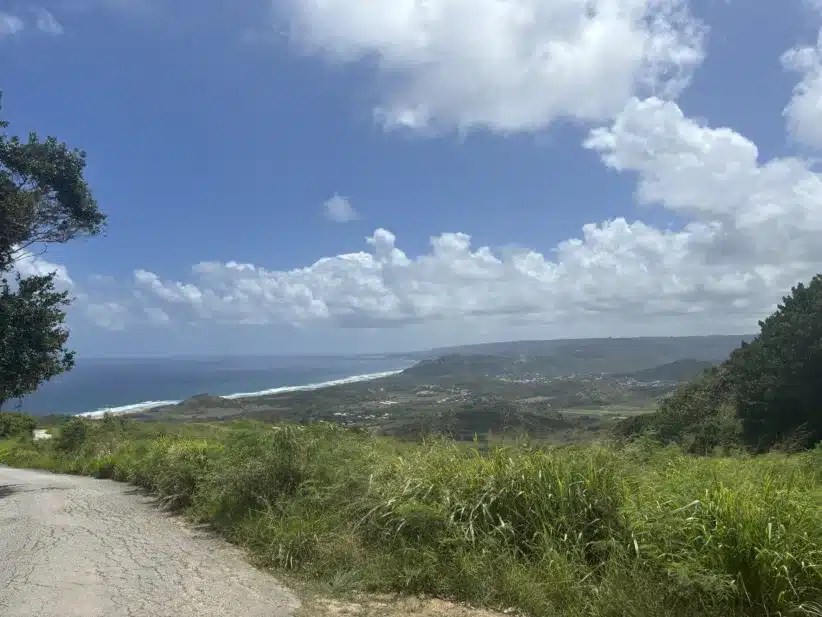A block of pristine, century-old rowhouses on E. 25th Street in East Flatbush now displays signage describing its status as a historic landmark, a year after having been designated as such by the city.
The E. 25th Street Historic District, which encompasses the eponymous street between Clarendon Road and Avenue D, is East Flatbush’s first-ever historic district, and the designation by the city’s Landmarks Preservation Commission celebrates both the “unusually intact and cohesive” strand of 56 renaissance revival rowhouses along the stretch, as well as the dedication of the block’s residents to maintaining its scenic beauty.
“I’m proud to say the E. 25th Street Historic District is the first historic district in East Flatbush, and that it reflects the diverse history of its community,” said LPC Chair Sarah Carroll at the unveiling of a marker displaying a district map and info on the block’s historicity. “The houses’ ownership has come to reflect Flatbush’s increasing diversity, especially the growth of its African-American and Afro-Caribbean communities, and I’ve been so impressed by how the historic architecture drew people to this block, and how their community spirit has grown stronger through their collective efforts to green, beautify, and preserve this.”
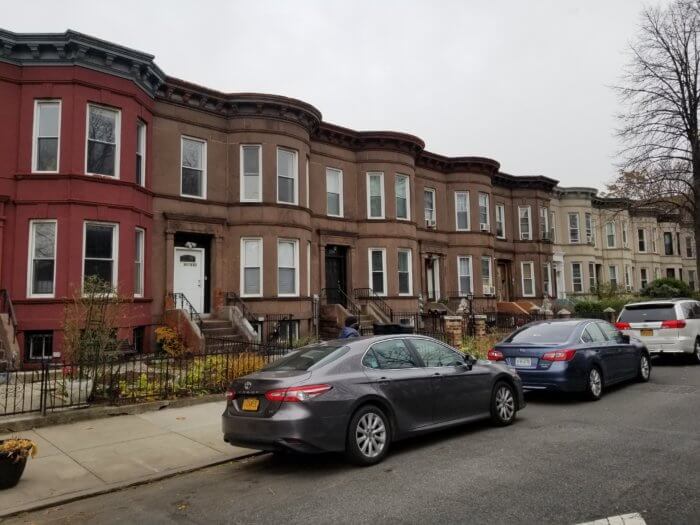
The block’s rowhouses were built between 1909 and 1912 by German immigrant Henry Meyer, on land once farmed by African slaves but now occupied by Black homeowners. All of the houses are constructed of either brownstone or limestone, with bay windows and remarkable cornices, and the rows on both sides of the street are completely uninterrupted by newer development. Many homeowners on the block also maintain superb front yard gardens, which has led the Brooklyn Botanic Garden to name it the “greenest block in Brooklyn” four times, more than any other stretch in the borough.
Julia Charles, former president of the 300 E. 25th Street Block Association and a strong advocate for the landmark designation, said that she and her neighbors pursued landmark designation as a means of preventing real estate developers from interrupting the serenity of their block by building large, shiny towers.
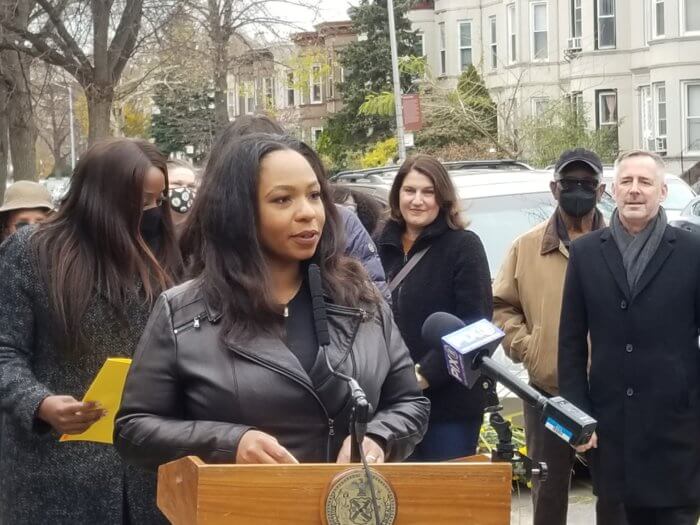
“As a means of protecting our homes, the beautiful architecture, our way of life, we pursued landmark designation,” Charles told Brooklyn Paper on Wednesday. “And it’s been a fantastic campaign.”
Aesthetically, the homes themselves resemble many other rowhouses built in the same time period across the borough, especially in Crown Heights and Prospect Lefferts Gardens. But Charles noted that the historical uniqueness of the block is not only in the houses but in how well they’re preserved, uninterrupted, along the entire block, as well as with the residents’ dedication to preservation and to garden displays.
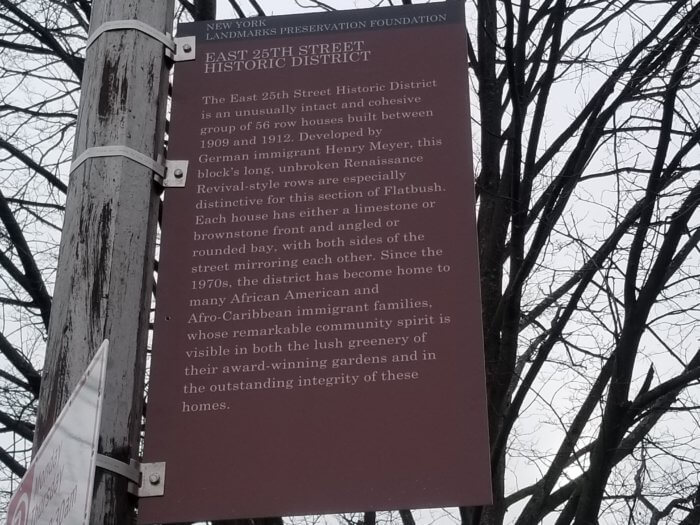
“What makes it unique too is that the residents of this block are very Afro-Caribbean and brought their gardening styles to the block,” Charles said. “It’s just a means of celebrating and recognition in this area.”


